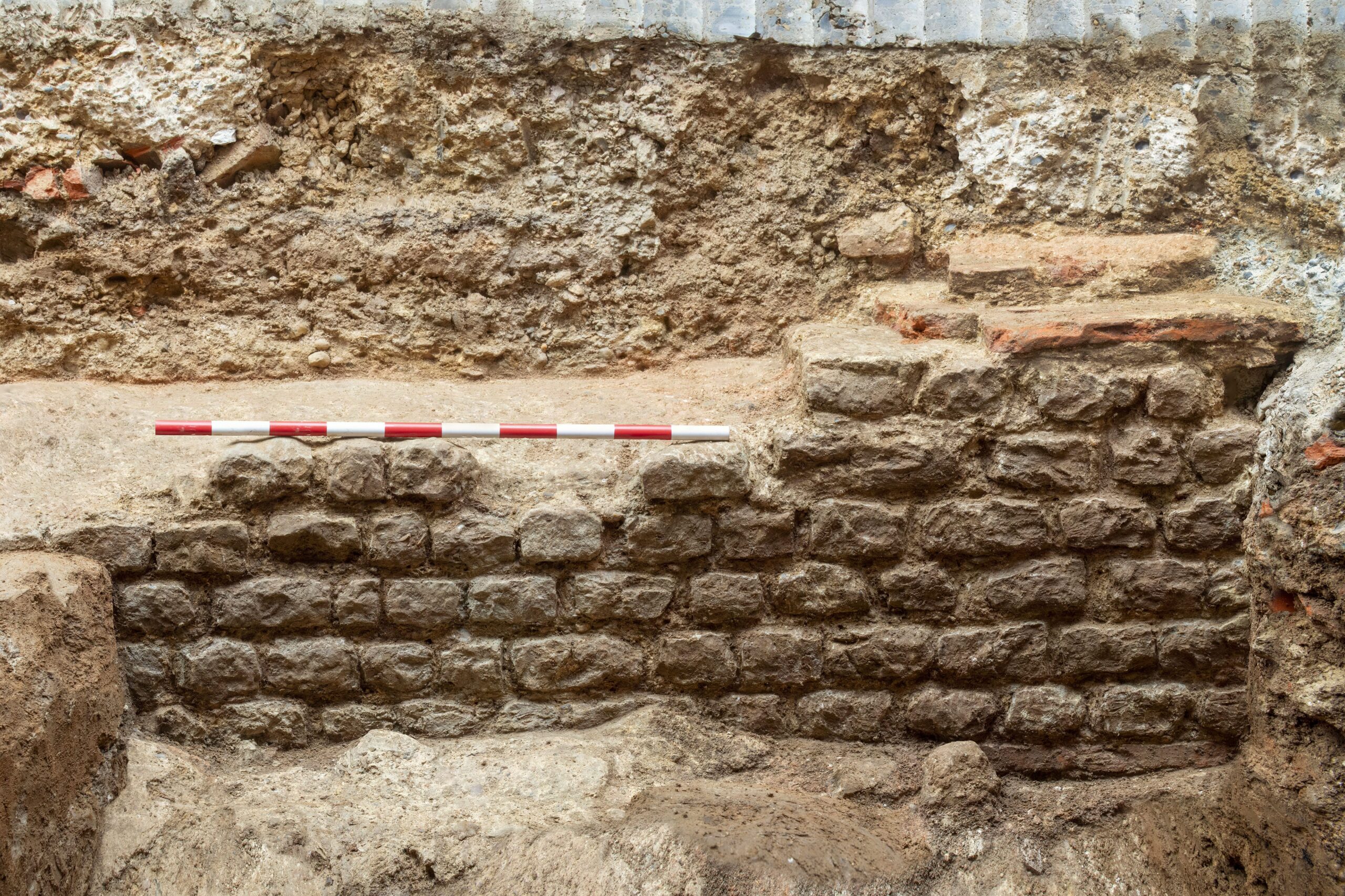
Uncovering London’s Ancient Heart: The 2,000-Year-Old Roman Basilica
A Historic Discovery
Beneath the bustling streets of modern-day London, archaeologists have unearthed a remarkable relic of the city’s past: the remains of a 2,000-year-old Roman basilica. This extraordinary discovery sheds light on the political, judicial, and social life of Londinium, the thriving ancient city that preceded modern London.
The Basilica’s Significance
In ancient Rome, the basilica played a pivotal role as a public building that housed courtrooms, markets, and meeting halls. It was an integral part of the forum, the central hub of the city where political, judicial, commercial, and social activities converged.
In London, the Roman Forum was a vast expanse spanning the length of a soccer field, perched on a high point overlooking the city. The basilica, believed to have stood over two stories tall, was a prominent feature within this bustling center.
Excavation and Preservation
The recent discovery of the basilica’s remains was made during an archaeological excavation beneath the basement of a commercial building near London’s Leadenhall Market. The excavation revealed walls and foundations made of flint, ragstone, and Roman tile, some sections measuring over 32 feet long, 3 feet wide, and 13 feet deep.
Archaeologists had previously identified the basilica’s location through decades of research, but it was uncertain how much of the structure would be intact for examination. Fortunately, the investigation yielded substantial remains, including portions of the tribunal, a raised stage where important officials made decisions about London’s governance.
A Unique Opportunity
The discovery of the basilica’s remains presents a rare opportunity to step back in time and witness the physical evidence of Roman London’s administration. It is akin to unearthing the House of Commons’ speaker’s chair and chamber 2,000 years into the future, providing a tangible connection to the city’s ancient past.
To preserve and showcase this remarkable discovery, the building’s owner, Hertshten Properties, plans to incorporate the basilica’s remains into a public exhibition, event space, and immersive experience in collaboration with the Museum of London. Visitors to this unique space will have the chance to stand on the very stage where early Roman London’s officials conducted their affairs, gaining an unparalleled glimpse into the city’s history.
The Roman Forum: A City’s Hub
The basilica was not an isolated structure but part of a larger complex known as the Roman Forum. This sprawling open space served as the political, legal, commercial, and religious heart of Londinium. It was a gathering place for citizens, a marketplace for goods and services, and the seat of power for the city’s magistrates and officials.
Archaeological excavations have revealed the presence of other significant structures within the Roman Forum, including a temple dedicated to the emperor, a courthouse, and a market building. These discoveries provide a fuller picture of Londinium’s bustling and vibrant life in the Roman period.
Conclusion
The uncovering of London’s Roman basilica is a testament to the city’s rich and layered history. This remarkable discovery not only adds to our knowledge of ancient Londinium but also provides a tangible connection to the lives of its citizens over 2,000 years ago. Through the preservation and exhibition of these remains, future generations will have the opportunity to experience the grandeur and significance of this ancient political and social hub.
